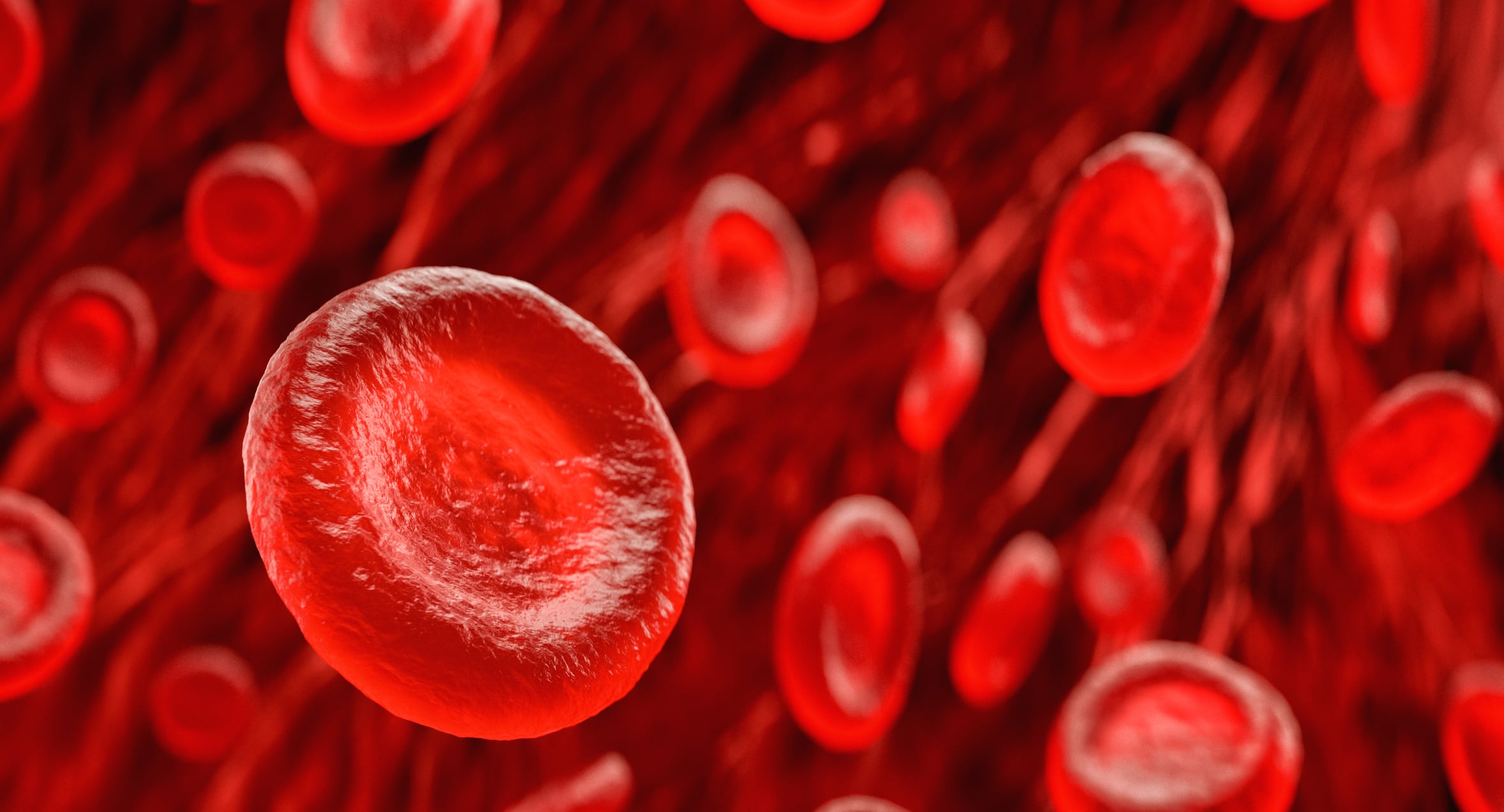Clinicians evaluated responses to intake of FGE tablets containing 7mg of inorganic nitric oxide on blood pressure (BP), CA, peripheral blood flow (PBF) and regional cerebral BF (rCBF) in 58 adults.
Results showed decreased systolic and diastolic BP 30 minutes after ingestion and significant reductions in common carotid artery (CCA) blood velocity. Increased body surface temperature (BST) in extremities was also detected and suggest that FGE stimulated vasodilatation in the skin, the authors write in Nutrients.
Similar findings were reported in other studies, but with much higher NO dosage (between 20 and 80mg). In addition, the low dose FGE tablet demonstrated higher NO release and longer duration of release time in artificial gastric juice (pH1.5) solution.
Therapeutic effects
Impaired cerebrovascular or neurovascular functions increase the incidence of age-related neurological disorders, such as Alzheimer’s disease, and cerebral blood flow is crucial to maintain normal brain function, the authors explain.
The progressive decline of NO production and bioavailability disrupts vasodilation, anticoagulant and barrier function, and increases inflammation.
Garlic extract is one of many plants that contain NO3-, which is converted into NO in response to intestinal micro-organisms and may be a valuable alternative source of NO when aged or fermented, the authors assert.
Evidence demonstrates “direct clinical evidence for the therapeutic effects of garlic extract in hypertension and in endothelial dysfunction in patients with diabetes”, they say.
“Aged garlic supplementation can cause an approximately 4 mm Hg and 3 mm Hg decrease in systolic and diastolic BP, respectively, compared with controls.”
Study parameters
Researchers hypothesised that NO effects would be greater if plants were fermented and consumed in the NO2- state.
Fifty-eight subjects were recruited and randomly divided into the FGE or placebo group. The study was divided in two parts: 30 recruits were assigned to either the FGE or placebo to compare BP and velocity of the common and internal carotid artery (ICA); the remaining 28 subjects were also divided into FGE and placebo groups, but to compare rCBF and PBF, as well as to determine changes before and after product intake.
Participants were examined using single photon emission computed tomography (SPECT) and digital infrared thermographic imaging (DITI) at baseline, and around 30 to 60 minutes after administration of the test product.
Each encapsulated tablet contained 180mg of dried FGE (from a fermented broth supplied by HumanEnos), along with 7mg of NO2-, and 270mg of other food grade ingredients. The placebo (Neo40) had a similar appearance and was comprised of a non-disclosed food ingredient and no garlic.
Reduced blood pressure
Observed reductions in systolic and diastolic BP after 30 minutes were “significantly statistically” different following FGE intake, the authors report.
Furthermore, treatment led to marked reductions in peak systolic and diastolic flow velocity in common and internal carotid arteries, whereas there was no significant change with the placebo.
“Collectively, present and previous results strongly suggest that the possible underlying mechanism of FGE with NO2− is the activation of intracellular molecular events for eNOS and the sGC-cGMP-PKG pathway in the vascular smooth muscle,” they explain.
“Additional modulations of intracellular molecular events associated with oxidative stress and inflammation by NO2− ions also can restore vascular functions in aging vessels.”
Cerebral improvements
Further tests revealed significantly increased rCBF in the FGE group, compared to the placebo, including regions that control short-term memory, language and problem-solving, co-ordinated movement, and sensory activity.
The authors’ comment: “To the best of our knowledge, this is the first study to show increases in rCBF in local cortical areas following acute ingestion of NO2− supplementation.”
Considerable improvements in BST in FGE subjects’ posterior forearms, palms, and plantar areas were also noted.
Source: Nutrients
Published online, December 8, 2022: http://doi.org/10.3390/nu14245238
‘Effects of Fermented Garlic Extract Containing Nitric Oxide Metabolites on Blood Flow in Healthy Participants: A Randomized Controlled Trial’
Authors: Ji Soo Baik, Ji Hong Min, Sung Min Ju, Jae Hyun Ahn, Sung Hwa Ko, Hyun Soo Chon, Min Sun Kim and Yong Il Shin

